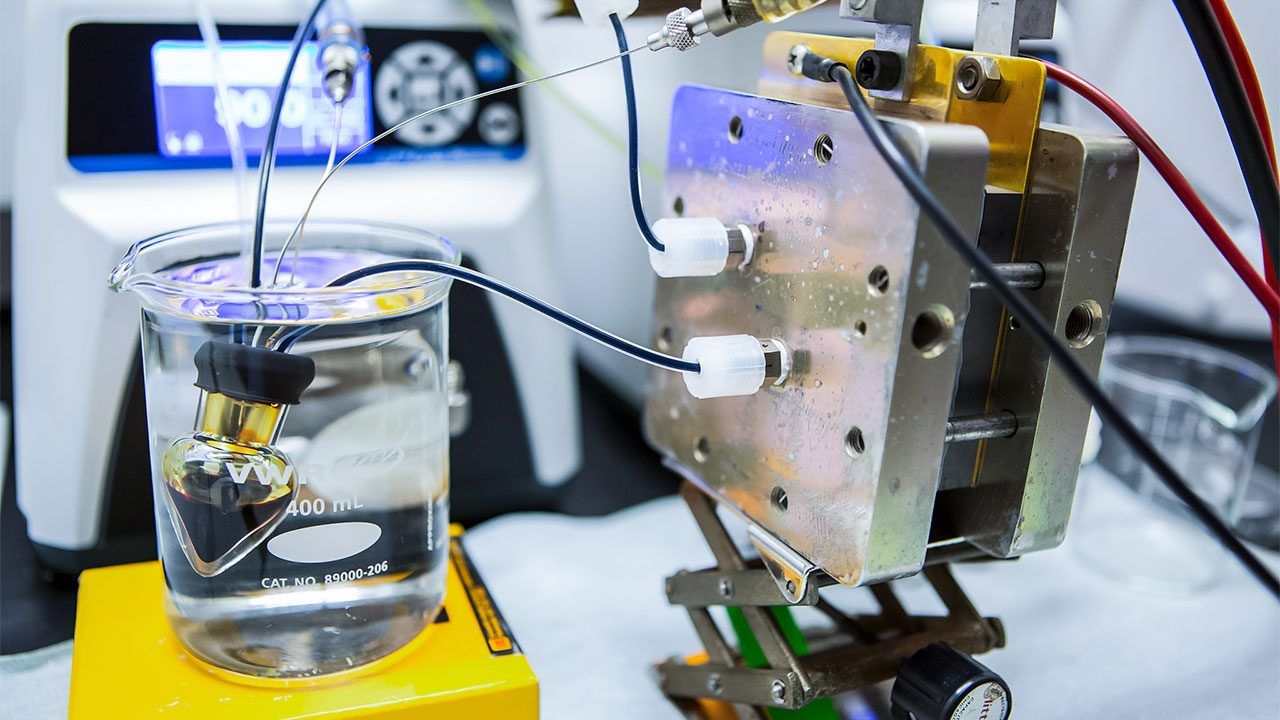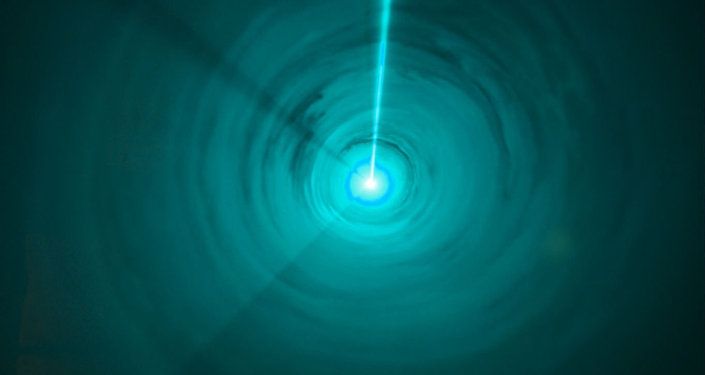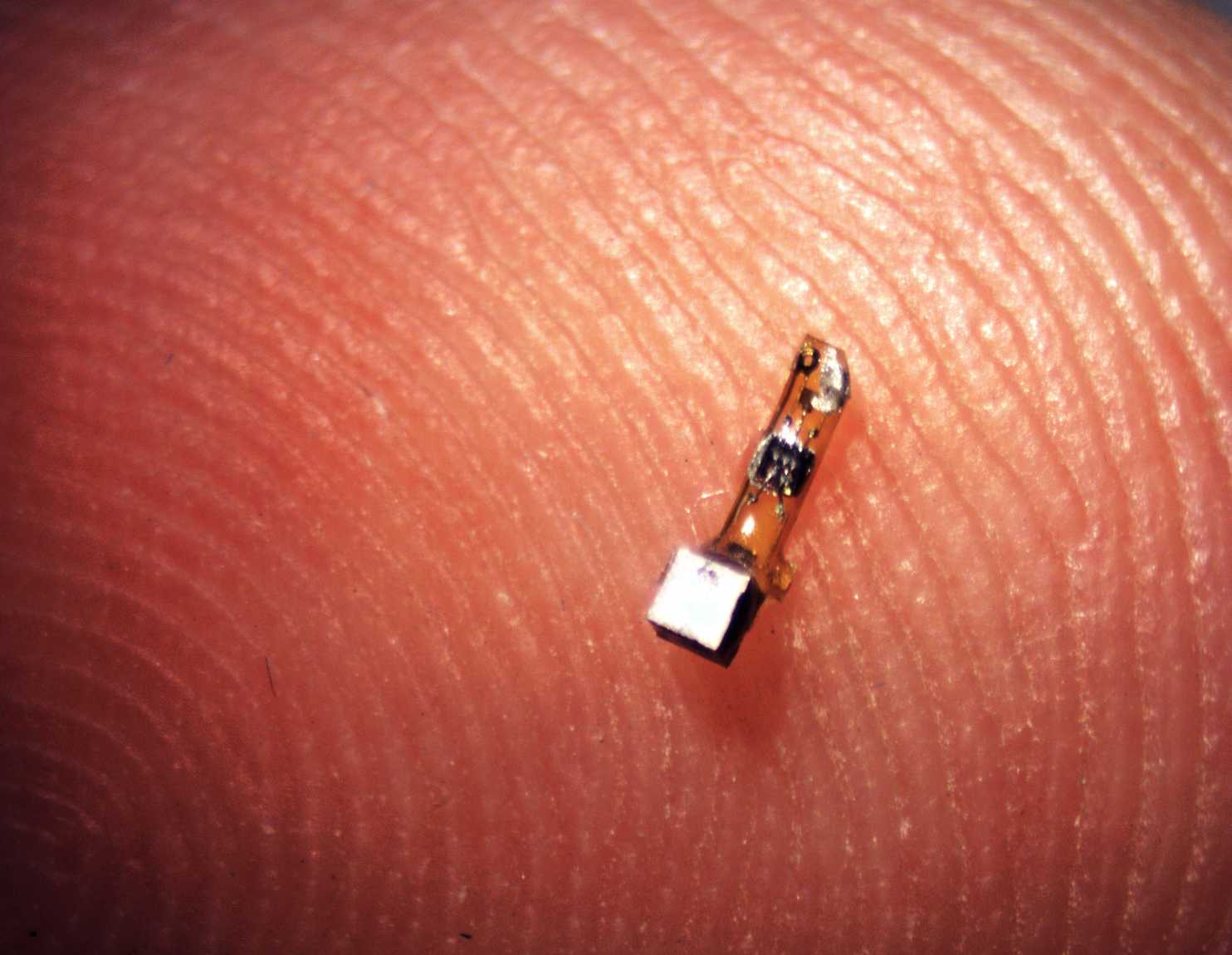Aug 5, 2016
Removing Senescent Cells from the Lungs of Old Mice Improves Pulmonary Function and Reduces Age-Related Loss of Tissue Elasticity
Posted by Steve Hill in categories: bioengineering, biotech/medical, genetics, life extension
More progress with senolytics for treating age related diseases and further vindication for the SENS approach to aging.
The open access paper linked below provides another reason to be optimistic about the therapies to clear senescent cells from old tissues that are presently under development. Here, the researchers created genetically engineered mice in which they could selectively trigger senescent cell death in lung tissues. In older mice, the result was improved pulmonary function, and other improvements in the state of lung tissue — turning back the clock on some of the detrimental age-related changes that take place in the lungs.
Cells become senescent in response to damage or environmental toxicity, or at the end of their replicative lifespan, or to assist in wound healing. The vast majority either destroy themselves or are destroyed by the immune system, but a few manage to linger on. Those few grow in numbers over the years, and more so once the immune system begins to decline and falter in its duties. Ever more senescent cells accumulate in tissues with advancing age, and they secrete a mix of signals that can encourage other cells to become senescent, increase inflammation, and destructively remodel nearby tissue structures. In small numbers senescent cells can help to resist cancer or assist healing, but in large numbers they contribute meaningfully to all of the symptoms and conditions of old age. They are one of the root causes of aging.



















